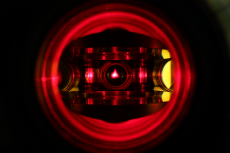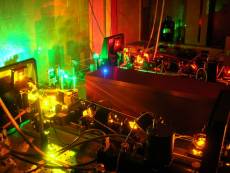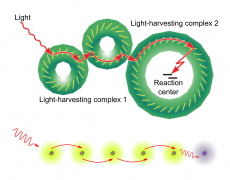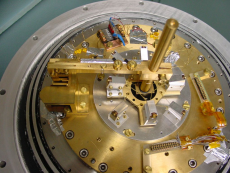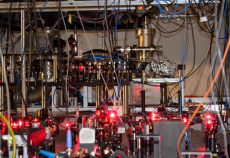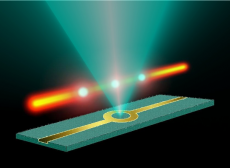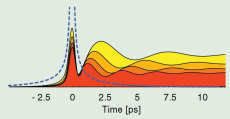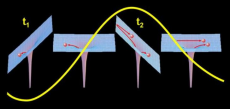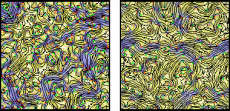CQD Special Seminar
19. July 2018 15:00
Konferenzraum 4, 01.106, Physikalisches Institut, INF 226Composite, rotating impurities interacting with a many-body environment: analytical and numerical approaches
Dr. Giacomo Bighin
IST, Institute of Science and Technology, Klosterneuburg, Austria
The angulon quasiparticle, formalizes the concept of a composite, rotating impurity in a quantum many-body environment and has proven useful in the description of several experimental settings, from ultracold molecules in a BEC to molecules in He nanodroplets. I introduce a diagrammatic formalism, merging Feynman diagrams with the angular momentum diagrams known from atomic and nuclear structure theory, describing angular momentum redistribution in a many-body system. Then, motivated by recent experiments on laser-induced alignment of molecules in He nanodroplets, I introduce a finite-temperature variational approach to angulon dynamics, showing that the far-from-equilibrium dynamical response of molecular impurities can be rationalized in terms of angulons.

